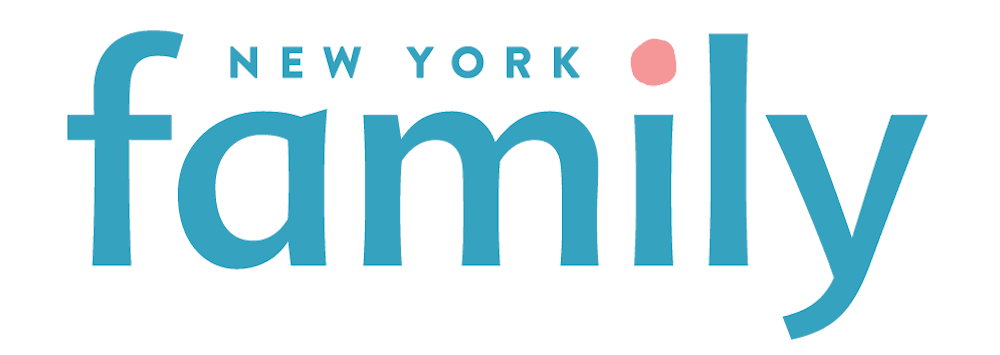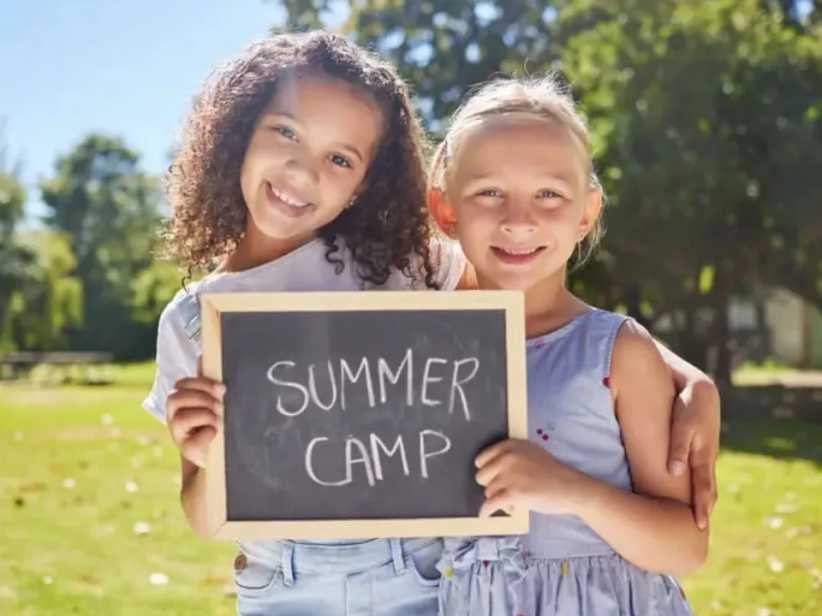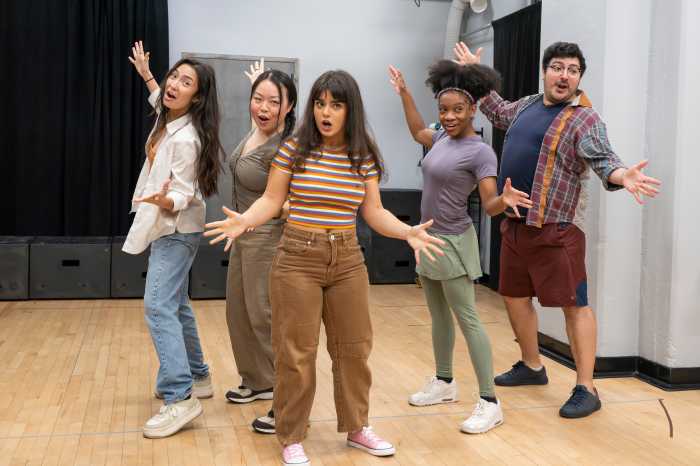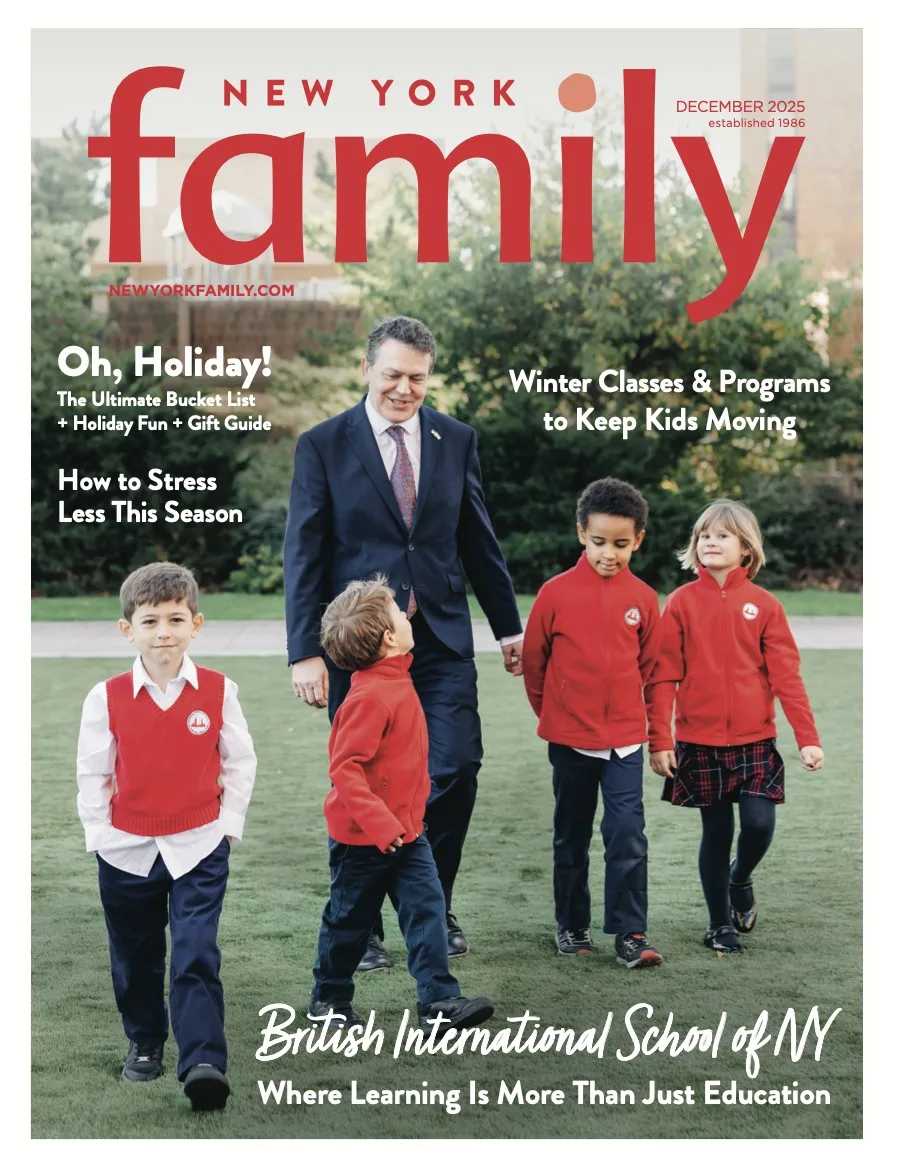According to a 2016 report by student loan purveyor Sallie Mae, “Majoring in Money,” students ages 18 to 24 carried an average credit card debt of $906 in 2015. This exemplifies the point made by the Nellie Mae Education Foundation in its 2013 report that credit-card usage isn’t going to go away. If anything, it reveals credit-card use, at least by young adults, is on the rise. The average credit-card balance carried by college students just three years ago was $499. This reflects an increase of nearly 190 percent.
So educating kids on how to use credit cards responsibly is crucial to their future financial well-being. Fortunately, those who learn and develop saving habits early in life develop into financially responsible adults. Here’s how to make sure your children will be ready:
The younger set
Begin teaching your child the concept of money, including the values of coins, from ages 4 to 6. During this time, keep it simple. Allow your child to earn money to save in a piggy bank for small chores.
It’s all elementary
By the time your child is 7, an allowance is essential to learning about money and developing good habits. Open a savings account, so she can watch her money grow. Also, help set achievable goals, such as saving for a new toy or for holiday gifts.
Keep in mind, many banks charge service fees unless a minimum balance is kept, and frequent trips to the bank may be impossible. As an alternative, set up your own “family bank.” Give your child a spare checkbook ledger or savings passbook. Then copy blank savings deposit and withdrawal slips from your bank for your child to use.
The teen scene
Designer clothing, entertainment, and car expenses are the biggest areas of teen spending. Some teens also put away for college. But few are prepared for the adult world, says developmental psychologist Nancy J. Cobb in “Adolescence: Continuity, Change, and Diversity.” That’s because most teens aren’t primed for the responsibility of paying for food, housing, and healthcare costs.
Those teens involved with the family budget and who contribute to family expenses learn a valuable lesson. Opting to show teens the spending categories in which they have a direct impact on family expenses is helpful. Also, agreeing on a reasonable amount that teens can contribute to help cover those expenses can go a long way toward preparing teens for adulthood.
Whether teens contribute or not, their working hours should be limited to no more than 10 to 15 per week. According to Cobb, researchers have found adolescents who work, especially 20 or more hours per week, are not as engaged in school as their nonworking peers. Based on various studies, this shortchanges students in the long-term.
Also, imiting teens’ funds may force them to be more selective and make wiser financial decisions.
Tips your kids can bank on
Help your child develop good saving and spending habits in the following ways:
Allow your child to make some of her own spending decisions. Place reasonable limits. Then offer appropriate guidance while giving your child opportunities to learn from her mistakes.
Don’t loan your child money every time he wants it. But do offer occasional opportunities for him to learn the costs of borrowing and the experience of repaying the loan. When deciding whether to loan money to your child and how much, consider the purpose of the loan, past repayment, and his ability to repay within a reasonable time. Charge interest on loans, so children learn the cost of borrowing. Realize, regardless of how financially savvy we raise our kids to be, borrowing does have its place. At the very least, it’s often necessary or practical for acquiring a college education, reliable transportation, and a home.
Teach your child how to set financial goals. By the teen years, these may include those big-ticket items just mentioned: saving for automobile expenses, college, a home, and other long-range plans. And don’t overlook the importance of short-term goals, which offer your kids a feeling of accomplishment and a boost in self-esteem.
Require your child to put at least 10 percent of each paycheck, or allowance, into savings. It’ll be much easier to adhere to as an adult if practiced during childhood.
Don’t be completely secretive about family finances. Children have few opportunities to see and experience the financial side of the adult world. This doesn’t mean you need, or even should, disclose everything. But it’s easier for kids to understand if they can see it in concrete terms.
Send your kids to http://www.themint.org, where they’ll learn about money, goal setting, saving, investing, and more.
Kimberly Blaker is the author of a kid’s Stem book, “Horoscopes: Reality or Trickery?”













